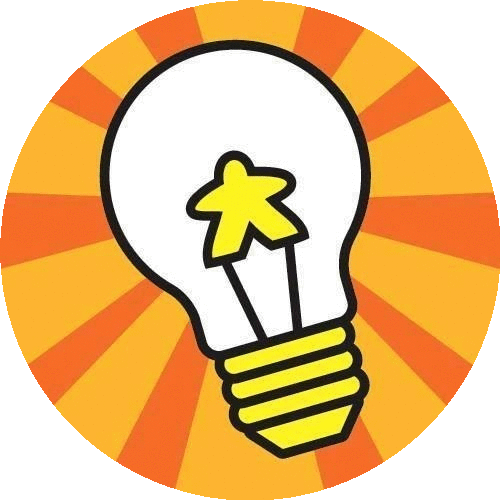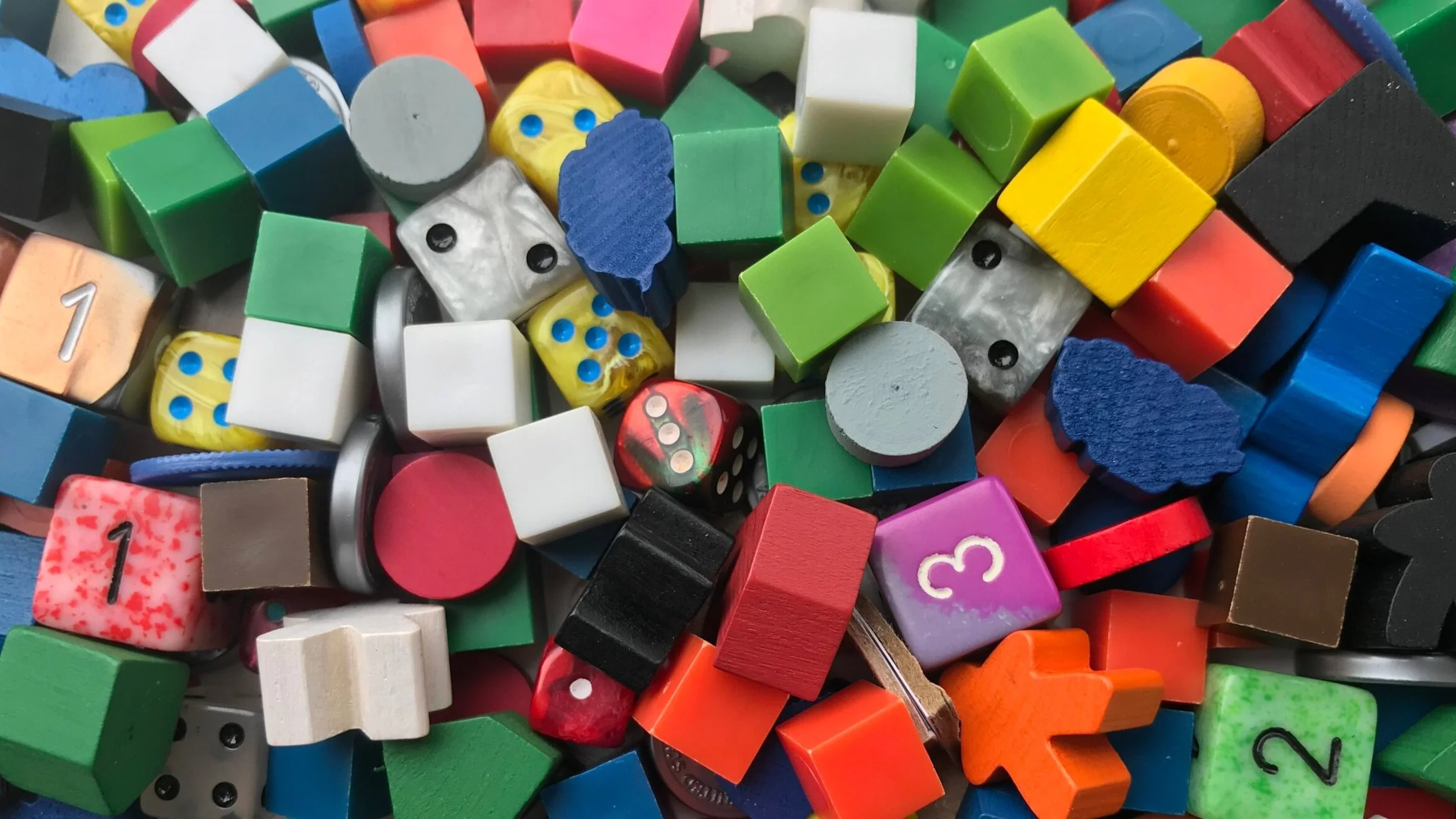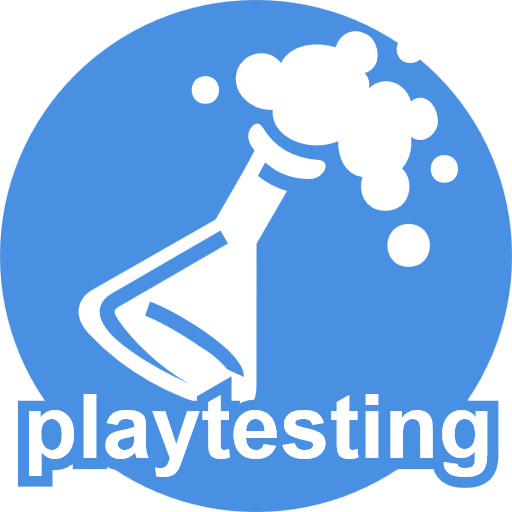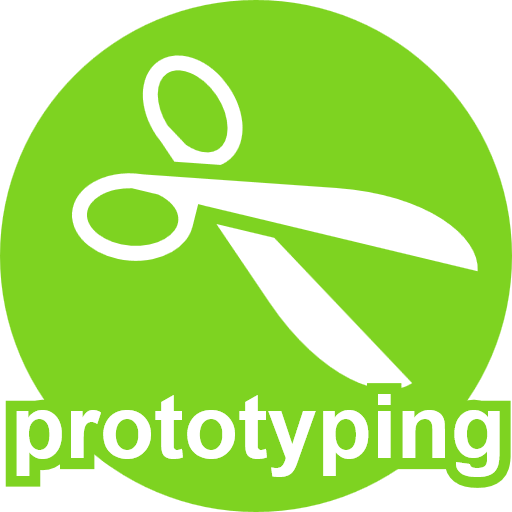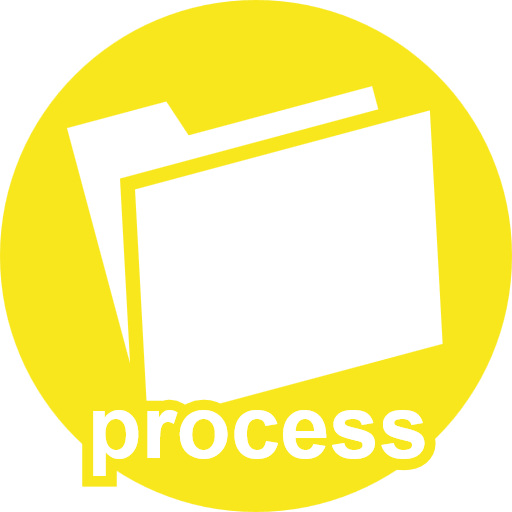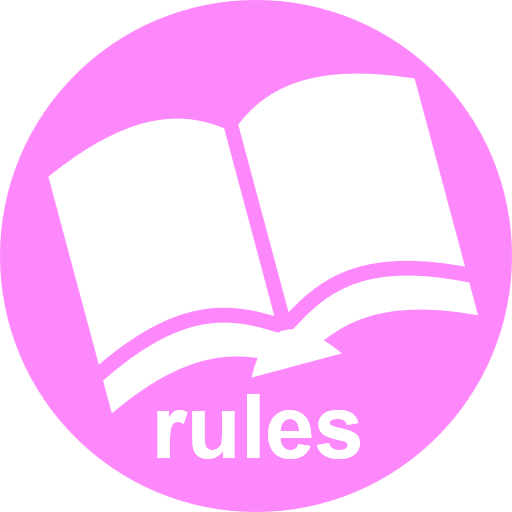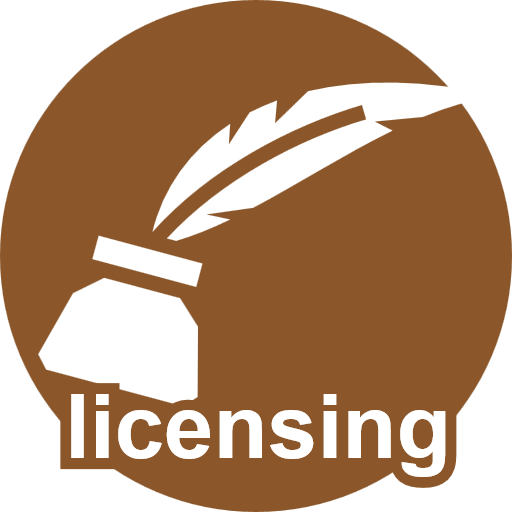The Process: Biblios by Steve Finn
/In The Process, board game designers walk us through the process of creating their game from start to finish, and how following their path can help others along theirs.
In this installment, Steve Finn describes how he created Biblios, including finding inspiration from PBS, exploring many different mechanics, moving between licensing and self-publishing, and more.
Theory
To understand my game designing process, it is best for me to explain the start of my game publishing business, Dr. Finn’s Games. I started a business called Dr. Finn's Card Company in the early 2000s while living in Seattle. At that time, I was looking for a way to make small runs of custom playing cards as a way to self-publish my own card games. I worked out an arrangement with a local print shop to use their digital printer for a discounted price. I also bought an old, war-era Kluge letterpress machine (used for die-cutting the cards). I started the company to make custom cards, which actually kept me from my original intention of making card games, because I was making small batches of custom playing cards for people.
When I turned to my own game designing, I was often guided by the fact that I would be manufacturing my own games. This impacted the design because I wanted to make sure I did not get over my head and have a game with too many components. With Biblios, for example, I chose to use dice as a scoring mechanic because it seemed like an easy way to keep track of the values and I could easily buy large quantities of dice.
So, let me talk more directly about Biblios. I first had the idea because the medieval world was interesting to me. My wife and I liked medieval mysteries (such as PBS’s Cadfael and we liked The Name of the Rose), so I decided to use that theme. The game, which was originally called Scriptorium, began as a pick-up-and-deliver board game (this was before I started the card making business). To be honest, it’s been a very long time since I designed the game, so I am not sure this is completely accurate, but I believe players were trying to pick up sets of cards and the values changed as people moved around the board. However, after deciding to manufacture games, I needed to streamline it to just a card game.
The original version had divided the main cards into two types: workers (scribes and illustrators) and resources (manuscripts, scrolls, supplies). The new publisher changed this (I will talk about the new publisher later) and it therefore lost the reasoning why the two main categories have different card distributions.
The main mechanic of the first half of the game, drawing cards 1 at a time and deciding what to do with them, was pulled from a two-player version of Hearts I devised with my friend right after college. We both enjoyed playing Hearts and we modified it to make 5 different rounds in which we got cards in a different manner. One of those methods was to choose a card and then decide whether to keep it or give it to the other person.
I think the main mechanic from the second half of the game must have come from any number of auction games I may have played at the time. At this point in my life, I enjoyed board and card games, but I was only scratching the surface. So, I don’t think I had yet played Merchants of Amsterdam (which has a similar drafting mechanic). I also did not play For Sale, which similarly divides the game into two halfs, drafting and auction.
The Takeaway: I playtested this game a ton and allowed it to move through all sorts of different mechanics. Perhaps this is why it is my most popular game.
Process
When I say I created a “company” to make cards, this was always a small side project. In the real world, I am a professor of philosophy. The card company (which later was changed to Dr. Finn’s Games, to focus just on designing and making my own games) was, and still is, a small part of my working life. It’s more like a hobby with benefits. With Kickstarter, I was able to grow the game company. This all started in the early 2000s and only now, in 2016, is the company able to have a more consistent stream of business. With regard to Biblios, Iello’s biggest year of sales was 2015 (and consequently mine).
The Takeaway: If you take the self-publishing route, you must be patient and can only expect interest in your game to grow over time.
Prototyping
When I had the arrangement with the print shop, I printed cards on sheets of glossy cardstock that were 12 x 18, which were divided into 2 sections that had 9 cards each (18 cards per sheet) I cut the sheets in half to 9 x 12 and then fed them into my letterpress machine, which cut them into 18 cards. So, for my early games, I would often make sure that the game contained multiples of 18 cards. Since I moved from Seattle to New York, I have not been manufacturing my own games, so the prototyping process is different for me. I now simply use a color printer at home to make prototypes that I use for designing the game. I sometimes bring files to a print shop, and cut the cards myself, when I want to make a higher-quality prototype. However, since I am self-publishing, I don’t feel the need to make very high-quality prototypes, as I am not pitching the game.
The Takeaway: If the game is good, I don’t think the quality of the prototype matters too much. Though, perhaps this only applies to self-publishers.
Playtesting
I designed Biblios almost 15 years ago and I cannot really recall all the different iterations it went through. I know that it dramatically changed from its first concept to finished idea. Since that time, no other game has really taken that long for me to get into its final form. The development did not take long because I am a perfectionist, which I am not. I think it was mostly because I was not sure of myself. I may have listened too much to other people and not to my own gut. While I think it is extremely important to playtest a game a lot, you have to consider other people’s opinions with a grain of salt. You hear all sorts of things, and it’s important to consider everything and question your own intuitions. However, you also have to be sure of yourself and make the game you want to make.
The Takeaway: Consider all opinions, but trust yourself when you really like something.
Licensing & Publishing
When I first manufactured “Scriptorium,” I sent out free review copies to people on boardgamegeek.com, a website I had recently discovered. I then found out that there was already a game with that name, so I changed it to Scripts and Scribes. As it turned out, a lot of the reviewers really loved it. So, I made more batches of games and started to sell them to individuals. Eventually, Iello contacted me because they either read about the game or somehow acquired a copy. I never had to pitch the game to anyone. They offered me a deal, which I accepted after making some changes to the contract, and they started selling the game.
The Takeaway: I have little advice to offer about licensing a game to others other than to read the contract carefully (or having a lawyer do it). I self-publish all my other games.
About Steve Finn
I am the father of two boys, a husband, an associate professor of philosophy, an avid ultimate frisbee player, and the owner of Dr. Finn’s Games. My design philosophy, for the most part, has been to design intelligent filler games that are easy to learn, yet still require strategic thinking. Much of my game designing has been influenced by the games of Reiner Knizia. However, I am now trying to venture into more complex games, like those of Stefan Feld (probably my favorite game designer). I am very excited about my upcoming game, C.O.G., which combines a Scrabble-like word game with a point-salad, worker placement game. I describe it this way: imagine combining The Castles of Burgundy with Scrabble. I am guilty of placing most of my attention on mechanics and often having a pasted-on theme. This, however, does not bother me, provided the mechanics are solid.
Cardboard Edison is supported by our patrons on Patreon.
SENIOR INVENTORS: Steven Cole, John du Bois, Richard Durham, Matthew O’Malley, Isaias Vallejo
JUNIOR INVENTORS: Ryan Abrams, Luis Lara, Behrooz Shahriari, Aidan Short, Jay Treat
ASSOCIATES: Robert Booth, Doug Levandowski, Aaron Lim, Nathan Miller, Marcel Perro, Matt Wolfe
APPRENTICES: Kevin Brusky, Kiva Fecteau, Scott Gottreu, Michael Gray, JR Honeycutt, Scott Martel Jr., Marcus Ross, Sean Rumble, Diane Sauer, Steven Tu
